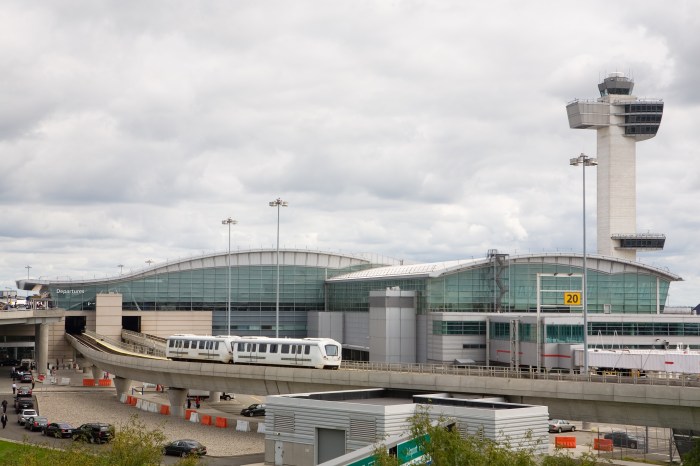By the Greater Astoria Historical Society
On Feb. 18, 1791, Cornelius Van Wyck Lawrence was born in Flushing. When he was 21, he moved to Manhattan and started a career in business. After amassing a fortune, he drifted into politics and was elected to Congress in 1834.
A year later, he ran for mayor. He has the distinction of being the first person to hold that office as elected directly by the public. Until his term, mayors were appointed by the governor. Being largely ceremonial in responsibilities, they had little power.
Lawrence governed a city of 270,000. Although over a thousand ships entered New York harbor from 150 foreign ports and the city was growing by leaps and bounds, more than 80 percent of Manhattan was still farmland.
The mayor was popular and in his second term got even more votes than in the first election out of a pool of smaller ballots. But his tenure perhaps marked the most difficult four years of any city mayor.
Throughout his first year in office, thousands of native−born and Irish immigrants clashed in a series of riots in the Five Points section of Manhattan, which served as the historical basis for the 2002 movie “Gangs of New York.”
This was also a time of violent conflict in the budding labor movement. When a group of strikers was denied the right to organize a union of tailors, a near riot of 30,000 protestors gathered to call for a new political party. The National Guard had to be called in to quiet the streets.
In December 1835, a fire broke out in Lower Manhattan near Hanover Square. It was sub−zero weather, and, as the nearby fire hydrants were frozen, firemen were all but helpless as they watched 654 buildings destroyed. The commercial heart of the city was wiped out. The damage, appraised at $20 million, would be worth billions of dollars in today’s real estate values.
This fire triggered the second−worst financial panic in the nation’s history, only eclipsed by the Great Depression of the 1930s: the Panic of 1837. Prices, particularly food, soared just as thousands were thrown out of work. Rioters, protesting high food prices, stormed wheat−and−flour supplies. The economic depression lasted for seven years.
Lawrence stepped down as mayor shortly thereafter. He later served as a director in several banks and was appointed as collector of customs at New York and served from 1845−49.
He died in Flushing on Feb. 20, 1861.
The Greater Astoria Historical Society is open to the public Wednesdays from 6 p.m. to 8 p.m. and Saturdays from 12 p.m. to 4 p.m. at Quinn’s Gallery, Fourth Floor, 35−20 Broadway, in Long Island City.
For more information, call 718−278−0700 or visit www.astorialic.org.


































